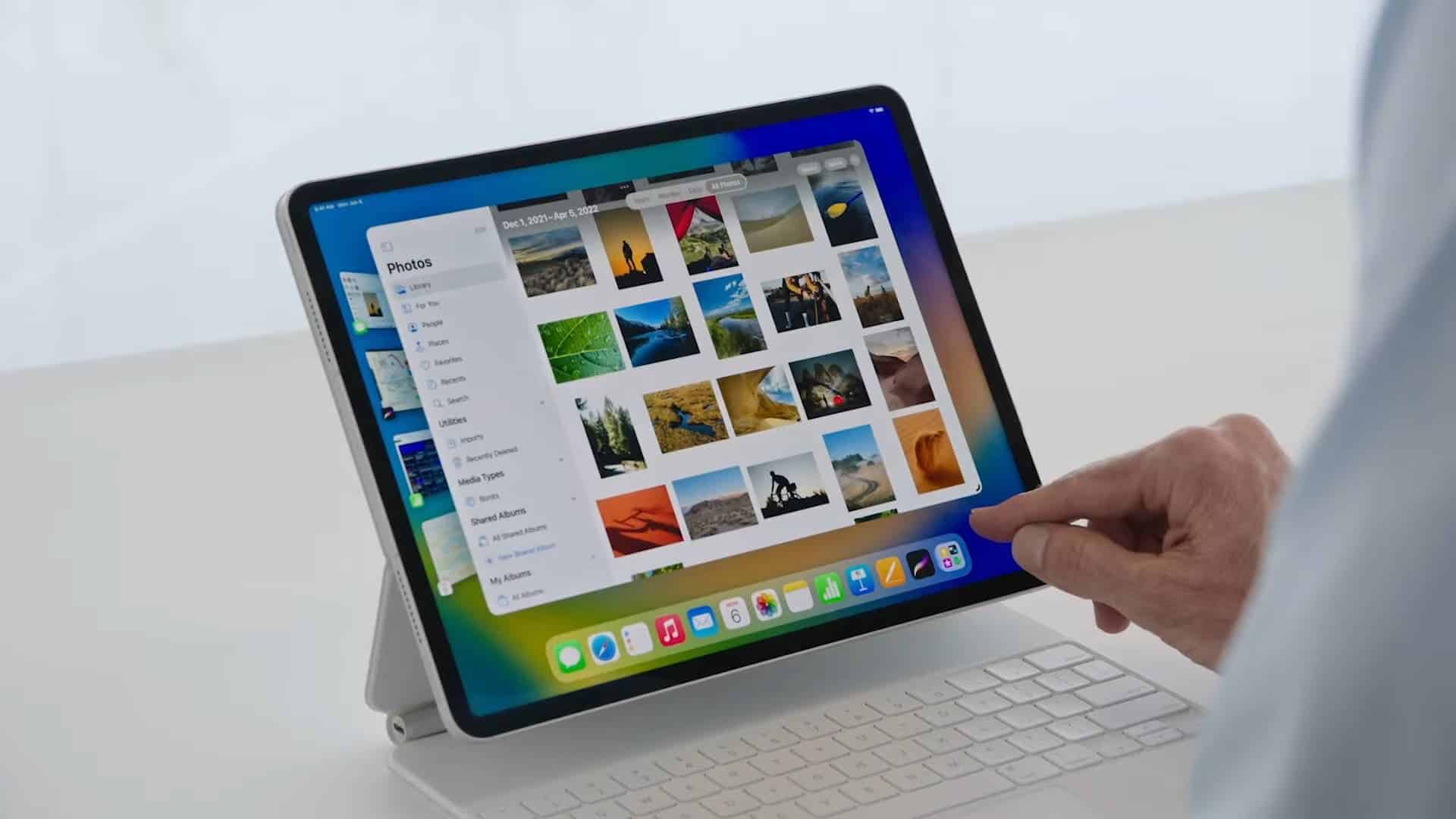Apple’s recent “Let Loose” event unveiled the sixth generation iPad lineup, headlined by the M2 iPad Air and M4 iPad Pro. Now, with the iPadOS 17.5 update, Apple has introduced a highly anticipated feature for these new tablets: a dedicated Battery Health menu. This functionality, familiar to iPhone users, provides valuable insights into iPad battery performance and offers tools to optimize its longevity.
Long-Awaited Battery Health Feature Arrives for Latest iPads, But Leaves Older Models Behind

Understanding Battery Health
Lithium-ion batteries, which power most modern electronic devices including iPads, degrade over time. This degradation manifests as a decrease in the battery’s maximum capacity, leading to shorter use times between charges. The Battery Health menu sheds light on this process, allowing users to:
- View Maximum Capacity: This metric indicates the battery’s current capacity compared to its original capacity when new. A lower percentage reflects degradation.
- Track Charge Cycle Count: Each complete charge cycle (from 0% to 100%) contributes to battery wear. Monitoring cycle count can help users gauge their battery’s overall health.
Optimizing Battery Lifespan with 80% Charge Limit
The Battery Health menu on the new iPads also introduces the 80% Charge Limit feature. This functionality, when enabled, automatically stops charging the iPad at 80% capacity. While this may seem counterintuitive, research suggests that limiting charging cycles, particularly to higher percentages, can significantly extend battery lifespan. This feature caters to users who primarily use their iPads for tasks that don’t require a full charge, such as browsing the web or checking email. Disabling the 80% Charge Limit allows for a full charge when needed.
Exclusivity for New iPads: A Point of Contention
While the inclusion of a Battery Health menu on the latest iPads is a welcome improvement, its current limitation to these models raises concerns. Many users with older iPads, especially those who meticulously care for their devices, are left without access to this valuable information and optimization tools.
Apple’s decision to restrict this functionality to new iPads has sparked debate within the tech community. Proponents of maintaining exclusivity argue that it incentivizes users to upgrade to the latest models, thereby driving sales. However, critics contend that battery health information and optimization features are essential for maximizing the lifespan of all iPads, regardless of generation. They advocate for a software update that grants access to the Battery Health menu on older iPads.
The Future of Battery Health on iPads
Apple has a history of introducing features to iPhones first, eventually making them available across a broader range of models. The company has not yet officially commented on whether the Battery Health menu will be extended to older iPads in future iPadOS updates. However, considering the user demand for this feature, it’s possible that Apple may choose to make it more widely available in the future.

Looking Forward: User Choice and Transparency
The arrival of the Battery Health menu on the latest iPads represents a positive step towards greater user control and transparency regarding battery performance. Users now have the ability to monitor their battery’s health and take proactive measures to extend its lifespan on the M2 iPad Air and M4 iPad Pro. However, the exclusion of this feature from older iPads raises questions about Apple’s upgrade strategy and commitment to user experience across its entire product line.
The future of iPad Battery Health will likely hinge on user feedback and Apple’s response. Whether the company chooses to prioritize user choice and expand access to this functionality, or maintain exclusivity for new models, will be a decision closely watched by the tech community.
Beyond the Headlines: Technical Deep Dive and Potential User Impact
While the introduction of the Battery Health menu is a significant development, a deeper look into the technical aspects and potential user implications can provide a more comprehensive understanding.
Technical Considerations: Integration and Accuracy
The seamless integration of the Battery Health menu into the iPadOS suggests Apple has implemented a system to directly access and interpret data from the battery management system (BMS) within the iPad. The BMS is a crucial hardware component responsible for monitoring battery health metrics like voltage, current, and temperature. The accuracy of the Battery Health menu heavily relies on the quality of this data and the underlying algorithms used to interpret it.
Here are some technical questions to consider:
- Data Collection Methods: How precisely does the iPadOS access and interpret BMS data to calculate maximum capacity and cycle count? Are there any potential margins of error in these measurements?
- Algorithm Transparency. What specific criteria do the algorithms use to determine battery health and recommend charging behaviors (e.g., 80% Charge Limit)?
- Calibration Potential: Is there a mechanism for recalibrating the battery health data over time. Especially if the iPad experiences temperature extremes or irregular charging patterns?
Transparency regarding these technical aspects would be beneficial for users to fully understand the capabilities and limitations of the Battery Health menu.
Potential User Impact: Informed Decisions and Long-Term Benefits
The Battery Health menu empowers users to make informed decisions about their iPad’s charging habits. Here’s how it can benefit users:
- Proactive Battery Care: Users can monitor their battery’s health and adjust charging habits accordingly. For example, enabling the 80% Charge Limit for overnight charging can potentially extend battery lifespan for users who primarily use their iPads at full capacity during the day.
- Improved Trade-In Value: A healthy battery translates to a higher trade-in value when upgrading to a newer iPad model. The Battery Health menu allows users to track their battery’s condition and make informed decisions about their upgrade cycle.
- Reduced Environmental Impact: Extending battery lifespan reduces the need for frequent device replacements, minimizing electronic waste generation. This aligns with growing environmental concerns and promotes more sustainable device usage.
However, it’s important to acknowledge potential limitations:
- User Dependence: The effectiveness of the Battery Health menu hinges on user awareness and engagement. Users need to actively monitor their battery health and adjust charging habits accordingly.
- Limited Functionality on Older iPads: Users of older iPads currently lack access to this valuable information. Potentially leading to uninformed charging practices that could accelerate battery degradation.
Conclusion: A Step Forward, But Room for Improvement
The introduction of the Battery Health menu on the latest iPads marks a positive step towards user empowerment and battery health awareness. However, the exclusion of older models raises concerns about user experience and planned obsolescence strategies.
Moving forward, Apple should consider:
- Expanding Access: Providing the Battery Health menu to older iPads through a software update would demonstrate user-centricity and encourage sustainable device usage.
- Technical Transparency. Offering more information about the data collection methods, algorithms used. And potential calibration options would enhance user trust in the provided battery health data.
- Education and Awareness: User education initiatives promoting healthy charging practices can maximize the benefits of the Battery Health menu and extend battery lifespans across all iPad models.
By addressing these considerations, Apple can ensure the Battery Health feature becomes a truly valuable tool for all iPad users, promoting informed device usage and extending the lifespan of these popular tablets.





